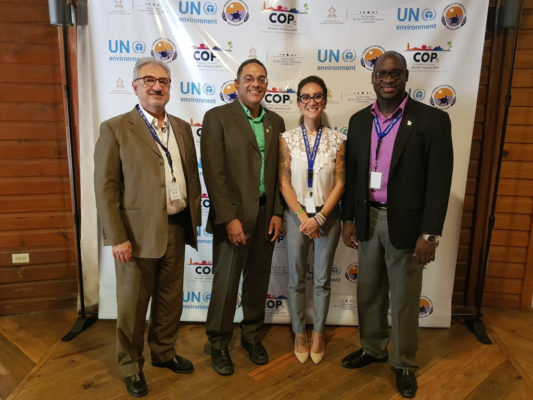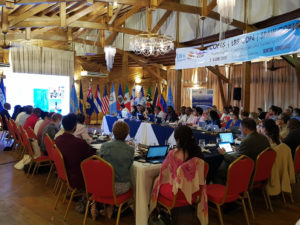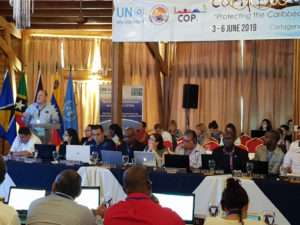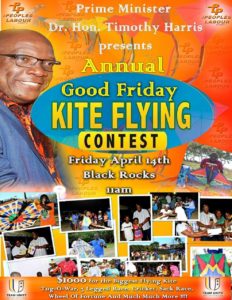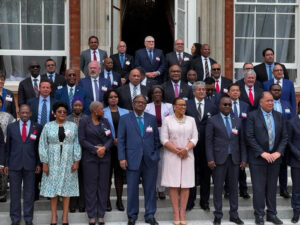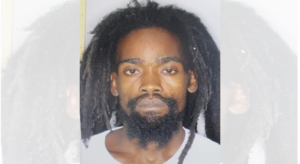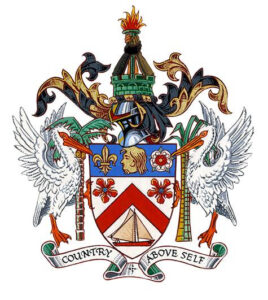Published 11 June 2019
Buckie Got It, St. Kitts and Nevis News Source
|
REGIONAL EXPERTS MET IN HONDURAS TO ADDRESS MARINE ENVIRONMENTAL ISSUES
Basseterre, St. Kitts, June 07, 2019 (SKNIS): Efforts to safeguard the coastal and marine environment in the Wider Caribbean Region took centre stage from June 03-06, 2019, when Contracting Parties to the Cartagena Convention and its Protocols met in Roatán, Honduras.
The meetings coincided with the commemoration of World Environment Day on June 05 which was spearheaded by the United Nations Environment Programme. Eavin Parry, Environmental Scientist in the Department of Environment and National Focal Point to the Cartagena Convention, represented St. Kitts and Nevis at this meeting and noted that it proved beneficial for the Federation. “The Conference enabled St. Kitts and Nevis to not only gain valuable insight into current and emerging environmental issues related to the implementation of the Convention but to actively play a role in contributing to decision making process and strategic direction of the Convention,” said Mr. Parry. “St. Kitts and Nevis has benefited tremendously over the years from the work of Convention including national participation in a number of significant environmental projects such as the IWCAM project and the current IWEco Project.” St. Kitts and Nevis as a non-contracting party was an observer to the 4thMeeting of Parties to the Protocol on Pollution from Land-Based Sources and Activities (LBS or Pollution Protocol) which reviewed, among other issues, the progress made to address pollution from sewage, the status of plastic bag and Styrofoam bans in the region, and the development of the region’s first state of marine pollution report. The Federation also participated as an observer to the 10th Meeting of Parties to the Specially Protected Areas and Wildlife Protocol (SPAW or Biodiversity Protocol) which emphasized the importance of conserving coral reefs and mangroves, the growing problem of ocean acidification and the preservation of Marine Protected Areas and Specially Protected Species. The continued impacts of Sargassum on the region were also assessed. “The Government of Saint Kitts and Nevis recognizes the significance of both protocols to the realization of the protection and development of the marine environment and as such intends to formally ratify in the near future,” said Mr. Parry. The Convention for the Protection and Development of the Marine Environment of the Wider Caribbean Region (WCR), known as the Cartagena Convention, was ratified in 1986 to promote the protection and development of the marine environment in the WCR. Since then, it has been adopted by 26 countries including St. Kitts and Nevis. The Secretariat to the Convention, based in Jamaica, convenes its Conference of Parties (COP) Meetings every two years to make key decisions on its work. Discussions during the 15th COP to the Convention focused on reviewing the status of activities undertaken by the Secretariat and Contracting Parties in the last biennium and approve the 2019-2020 work plan which calls for greater regional cooperation, participation and action to respond to pollution and marine biodiversity loss. 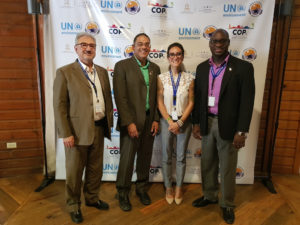 Left to right: Dr. Habib N. El-Habr, Coordinator, Global Programme of Action for the Protection of the Marine Environment from Land-Based Activities (GPA), United Nations Environment Programme; Mr. Christopher Corbin, Programme Management Officer, UNEP-CEP; Mrs. Sara Isabel Zelaya Landa, Head of the Marine Environment, Honduras (Chairperson, COP) and Mr. Eavin Parry, Environmental Scientist and National Focal Point to the Cartagena Convention |


